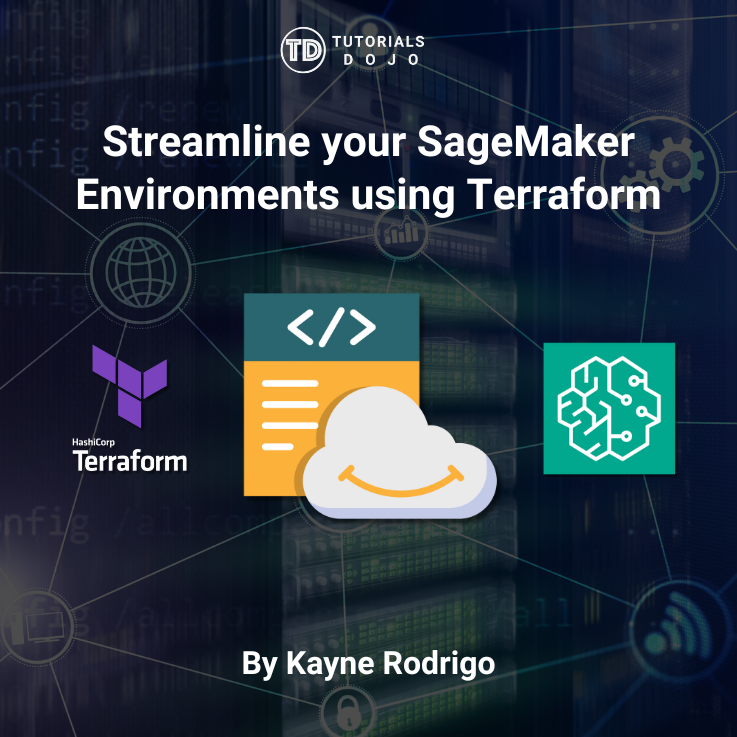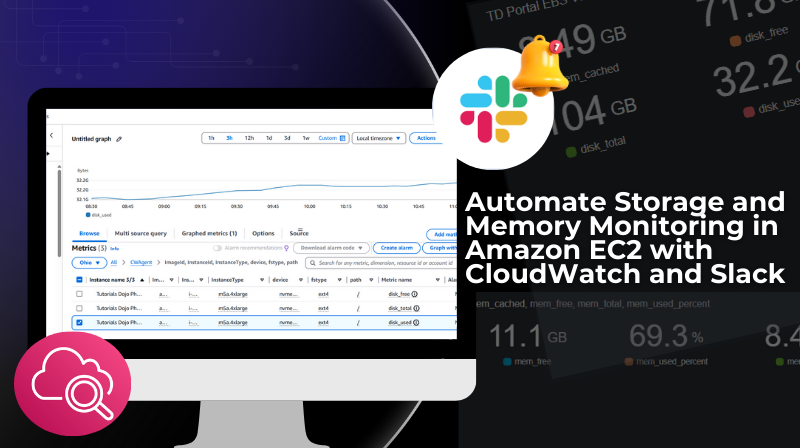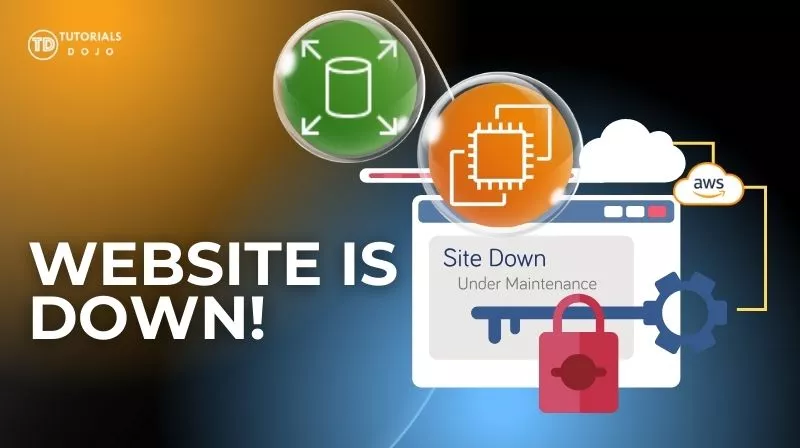Guarding the Genome: Ensuring Security Compliance for Genomic Data on AWS
Samantha Servo2025-03-27T15:12:49+00:00Introduction “Guard”? You’ve read the title and probably thought to yourself, “This sounds serious..." If you have read the previous articles related to bioinformatics in AWS, you know we are dealing with biological data. If you haven't, you can check them out here as well. Due to the innovation of current technologies (AWS being one of them), there is also a rising need to ensure that these technologies comply with laws relating to privacy of genomic data. AWS for genomics provides scalable, secure, and cost-effective tools: Data transfer and storage - can transfer large volumes of genomic data to the [...]










